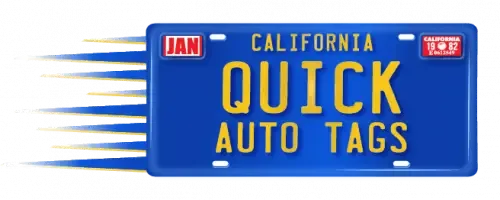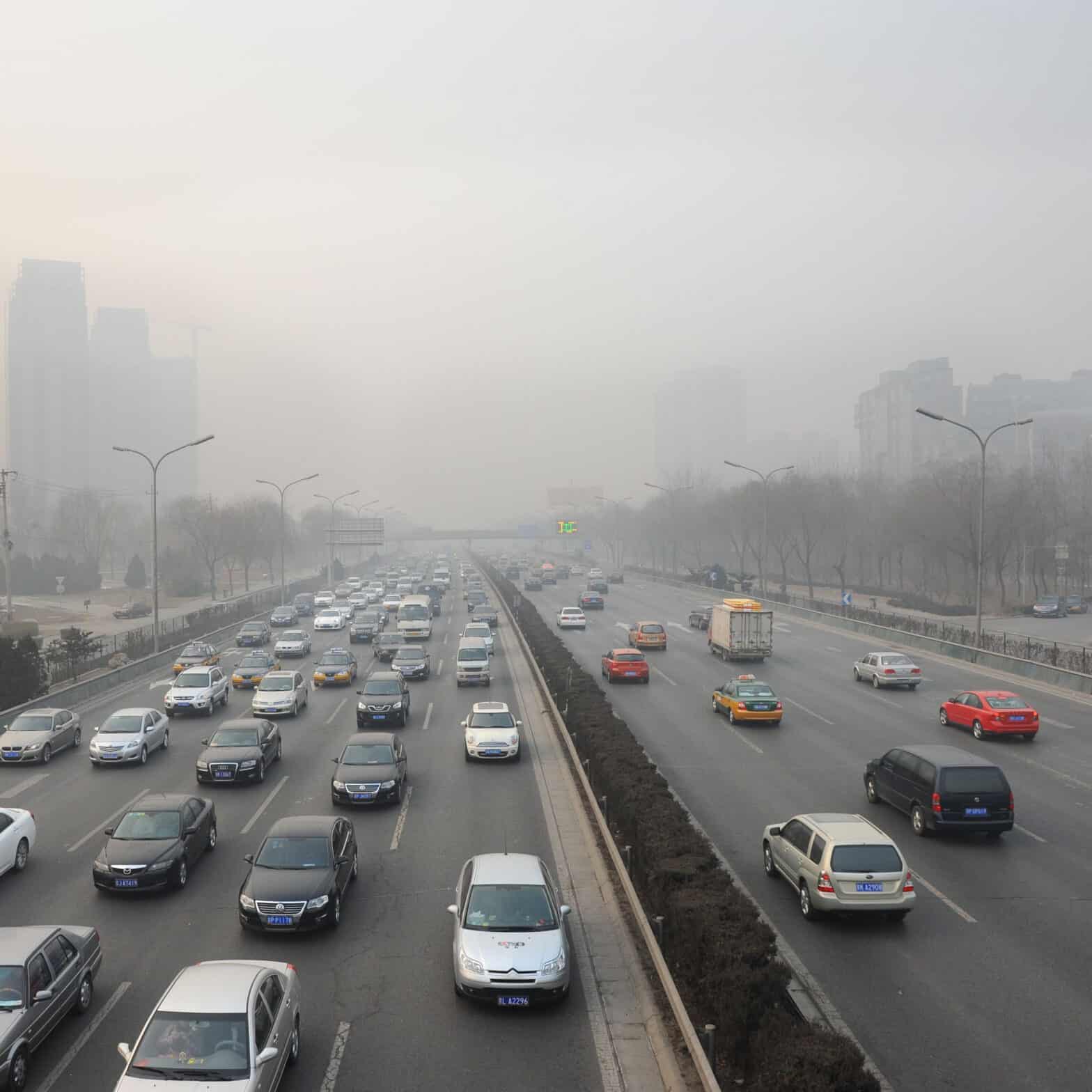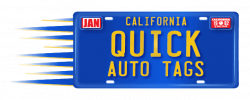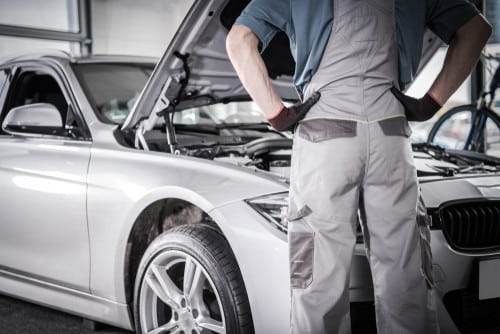
Emissions recalls are a critical aspect of vehicle maintenance in California, where air quality regulations are some of the strictest in the country. Understanding the ins and outs of emissions recalls, including what they are, why they happen, and how they are resolved, is essential for any vehicle owner
An emissions recall is a type of recall issued by a vehicle manufacturer to address a problem with a vehicle’s emissions control system. In California, such recalls are subject to strict regulations and oversight by the California Air Resources Board (CARB).
In California, emissions recalls are a serious matter, as the state has some of the strictest air quality regulations in the country. Vehicles are required to meet specific emissions standards, and if a vehicle is found to be producing emissions in excess of these standards, the manufacturer may be required to issue an emissions recall. During an emissions recall, the manufacturer is responsible for repairing the affected vehicles free of charge to bring them into compliance with the emissions standards. If the manufacturer fails to carry out the recall in a timely manner, it may face penalties and fines from CARB.
An emissions recall is when a car company has to fix a problem with a car’s pollution control system because it doesn’t meet California’s strict air quality standards. The car company has to fix the problem for free. If they don’t fix the problem in a timely manner, they could face penalties.
How Do You Fix An Emissions Recall?
The exact method for fixing an emissions recall depends on the specific issue with the vehicle’s emissions control system. Some common methods for addressing emissions problems include:
Reprogramming the vehicle’s engine control computer: The engine control computer may need to be reprogrammed to optimize the emissions control system and bring the vehicle into compliance with emissions standards.
Replacing faulty parts: If a specific component of the emissions control system is found to be faulty, it may need to be replaced to correct the emissions problem.
Installing new software: New software may be installed to improve the performance of the emissions control system and bring the vehicle into compliance with emissions standards.
Modifying the vehicle’s design: In some cases, a more significant change to the vehicle’s design may be required to correct the emissions problem.
The specific steps required to fix an emissions recall will vary depending on the make and model of the vehicle and the nature of the emissions problem. In all cases, the repairs should be carried out by a qualified technician and the manufacturer should provide the necessary parts and instructions for the repair.
Where Do You Get an Emissions Recall Repaired?
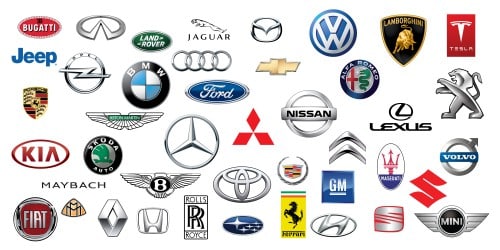
The repair for an emissions recall usually occurs at a dealership or authorized repair facility. These facilities have been trained by the vehicle manufacturer to perform the necessary repairs and have the necessary equipment, tools, and software to complete the repairs.
Consumers who have received notice of an emissions recall can typically schedule an appointment with a dealership or authorized repair facility to have the repairs performed. The repairs are typically performed at no cost to the consumer, as the manufacturer is responsible for covering the cost of the repairs as part of the recall.
In some cases, consumers may also be able to have the repairs performed at their local mechanic, as long as the mechanic is authorized by the manufacturer to perform the necessary repairs. It is important for consumers to check with the manufacturer or the National Highway Traffic Safety Administration (NHTSA) to determine the specific repair options available for their vehicle’s recall.
How Do You Confirm A Repair is Made?
After an emissions recall repair has been completed, the consumer should receive documentation indicating that the repair has been made. This documentation can vary depending on the vehicle manufacturer and the specific recall, but it typically includes one of the following:
Repair order or invoice: This document, which is typically provided by the dealership or authorized repair facility, lists the repairs that were performed on the vehicle and serves as proof that the recall repairs were completed.
Letter of Compliance: This document, which is issued by the vehicle manufacturer, confirms that the vehicle has been repaired and is now in compliance with emissions standards.
Vehicle Emissions Label: This label, which is typically located in the engine compartment of the vehicle, provides information on the vehicle’s emissions control system and indicates that the vehicle has been repaired and is in compliance with emissions standards.
It is important for consumers to retain this documentation for their records, as it serves as proof that the recall repairs have been completed and the vehicle is now in compliance with emissions standards. Additionally, if the vehicle is sold or traded in, the documentation may be required to demonstrate that the recall repairs have been completed.
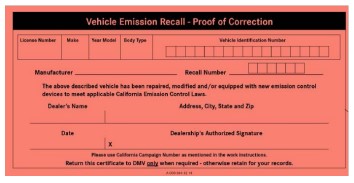
A proof of correction is a document that serves as evidence that an emissions recall repair has been performed and that the vehicle is now in compliance with emissions standards. The proof of correction is typically required by the state regulatory agency, such as the California Air Resources Board (CARB), to demonstrate that the recall repairs have been completed and the vehicle is no longer emitting excess emissions.
The proof of correction may take the form of a letter of compliance issued by the vehicle manufacturer, a repair order or invoice from the dealership or authorized repair facility, or a modified emissions label affixed to the vehicle. The specific form of the proof of correction may vary depending on the state and the regulatory agency.
It is important for consumers to obtain a proof of correction after having their vehicle repaired as part of an emissions recall. The proof of correction serves as evidence that the recall repairs have been completed and that the vehicle is now in compliance with emissions standards, which may be required for various purposes, such as selling or trading in the vehicle.
